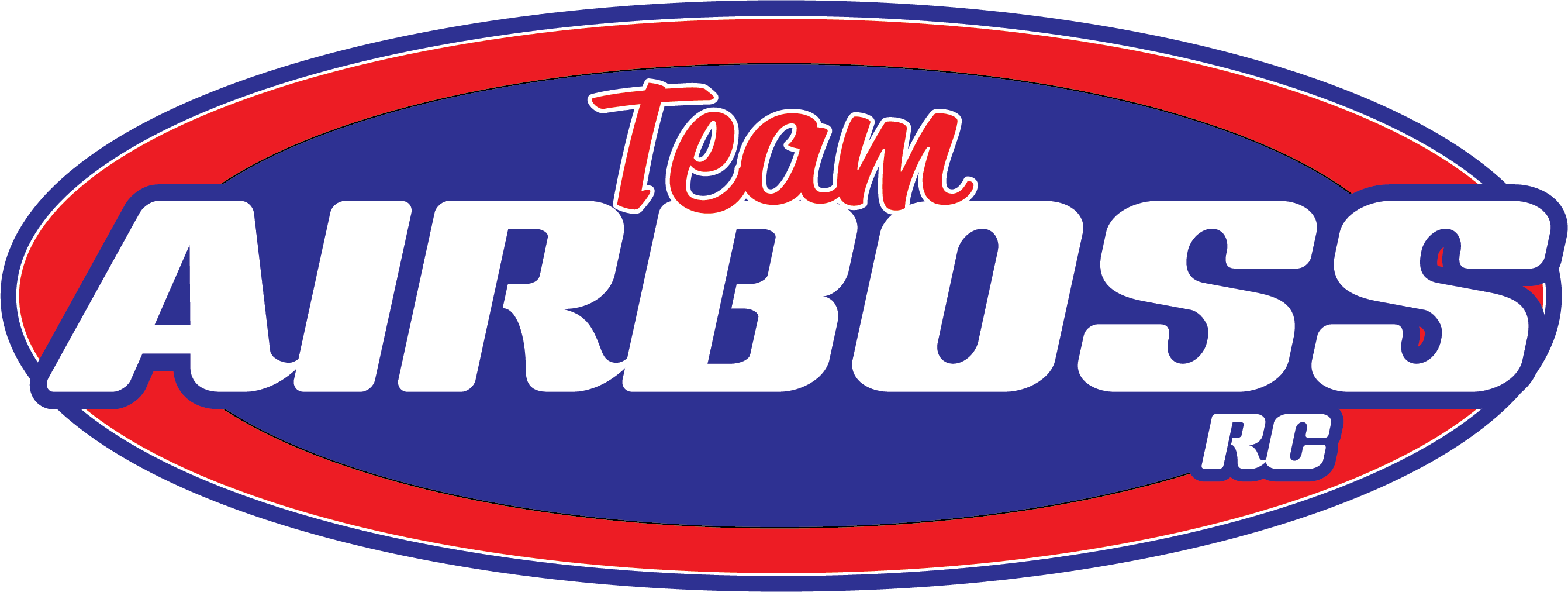Which Receivers Are Compatible With My Transmitter?
- AIRBOSS RC

- Jan 17, 2024
- 4 min read
Updated: Jun 25, 2024

Configuring your FrSky transmitter to your receiver requires you to register your receiver to your transmitter then bind your receiver in order to have a connection to your model and fly with your new FrSky product. Finding the correct match between your transmitter and receiver can be confusing, so this chart should guide you in the right direction in getting started with FrSky technology.
Find your compatible transmitters and receivers pairings below:
Receivers Compatible with FrSky Tandem X18, X18S, X20, X20S, X20HD
Archer Receivers
TD Receivers
Receivers Compatible with FrSky Tandem X20 Pro, X20RS, X20R
Archer Receivers
TD Receivers
TW Receivers
Receivers Compatible with FrSky Twin X Lite, Twin X Lite S Twin X14, Twin X14S
Archer Receivers
TW Receivers
Understanding How Transmitters and Receivers Work Together
When diving into the world of RC planes, understanding the relationship between transmitters and receivers is pivotal. Essentially, the transmitter is your remote control, sending commands through the air. The receiver, nestled within your plane, catches these commands and translates them into actions, such as turning or acceleration. This duo operates on radio frequencies, forming the invisible tether between you and your aircraft.
The frequency of these radio waves is crucial for compatibility and performance. Most modern RC planes operate on a 2.4 GHz frequency, a standard that minimizes interference from other devices and ensures a clearer channel for your control signals. Matching the frequency of your transmitter and receiver is non-negotiable for them to communicate.
Beyond frequency, the protocol or modulation method used by your transmitter and receiver pair must align. Protocols such as ACCST (FrSky's Advanced Continuous Channel Shifting Technology) dictate how signals are encoded and transmitted. Each protocol has its way of enhancing signal reliability and reducing interference. For example, FHSS rapidly switches frequencies within the 2.4 GHz band to avoid interference, while DSMX/DSM2 provides robust control by spreading its signal across the band. ACCST enhances connection stability through continuous channel shifting.
Compatibility hinges on these technical elements. Using a transmitter and receiver that share the same frequency and protocol ensures a seamless and responsive flying experience. This synergy is what makes an RC plane gracefully respond to your every command, providing both the thrill and precision that enthusiasts seek.
What Influences Compatibility Between Transmitters and Receivers
One of the key factors in ensuring a seamless operation between your transmitter and receiver is brand compatibility. Many manufacturers design their receivers to work exclusively with their own transmitters. For instance, a Spektrum transmitter typically requires a Spektrum receiver to utilize advanced features like DSMX technology fully. This proprietary approach ensures optimized performance but requires commitment to a specific brand's ecosystem.
Software and firmware updates play a critical role in maintaining and enhancing compatibility and performance. Manufacturers regularly release updates to improve signal reliability, introduce new features, or address known issues. Keeping both your transmitter and receiver updated ensures they operate on the latest protocols and standards, potentially expanding compatibility with newer models or features.
Physical connections and ports on the receiver also dictate compatibility, especially for advanced functionalities like telemetry. Telemetry-capable receivers can provide real-time data such as battery voltage, temperature, and GPS positioning, but only if the transmitter supports these features.
The presence of ports like SBUS, PWM, and S.Port indicates the receiver's ability to handle various inputs and outputs, offering flexibility in connecting additional devices and sensors for enhanced flying experiences. Ensuring your gear matches in terms of physical capabilities and supported technologies is crucial for unlocking the full potential of your RC plane setup.



Comments